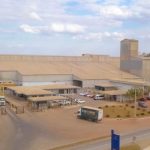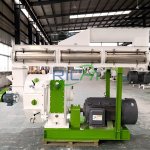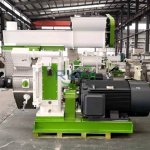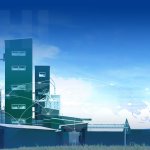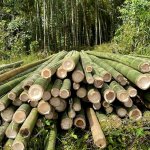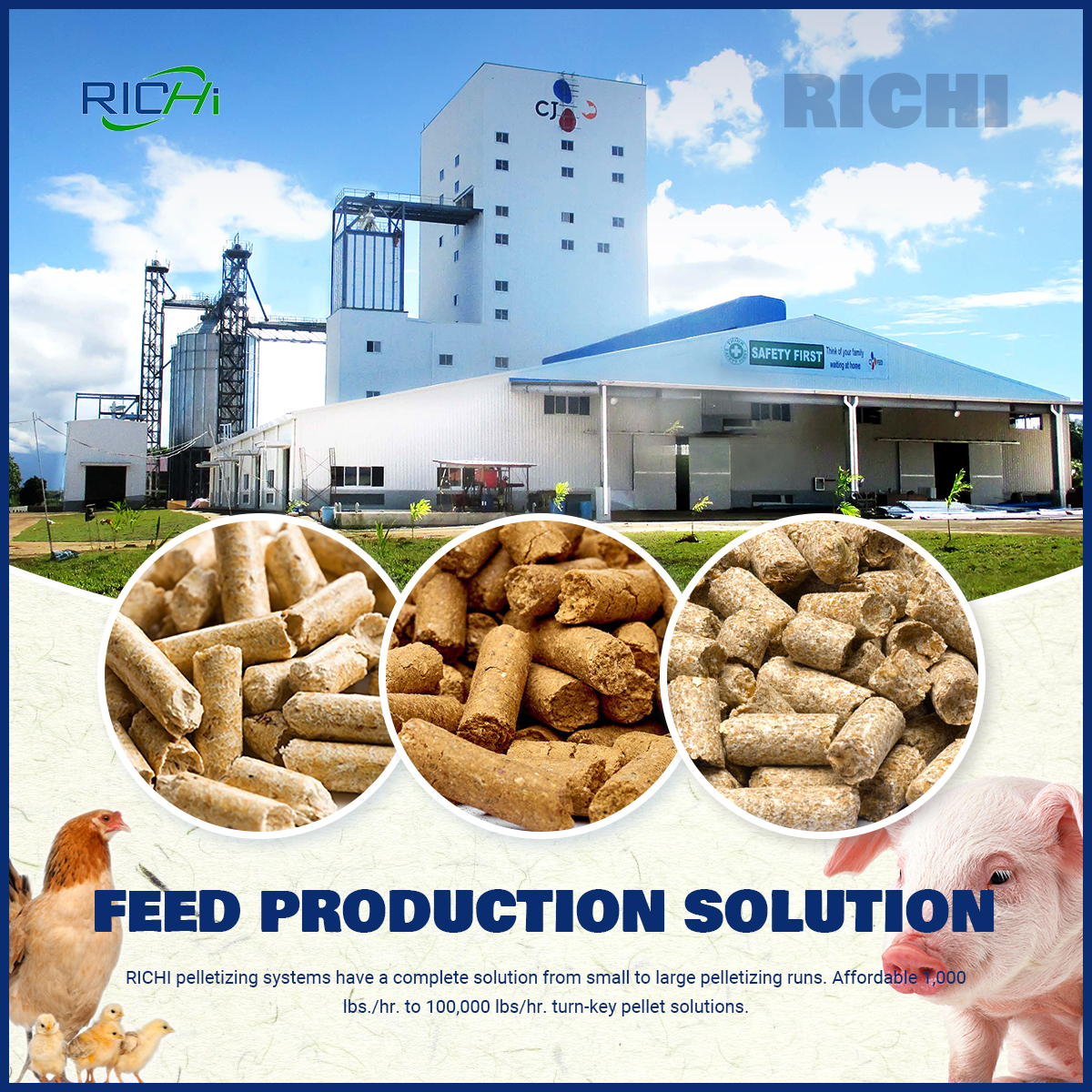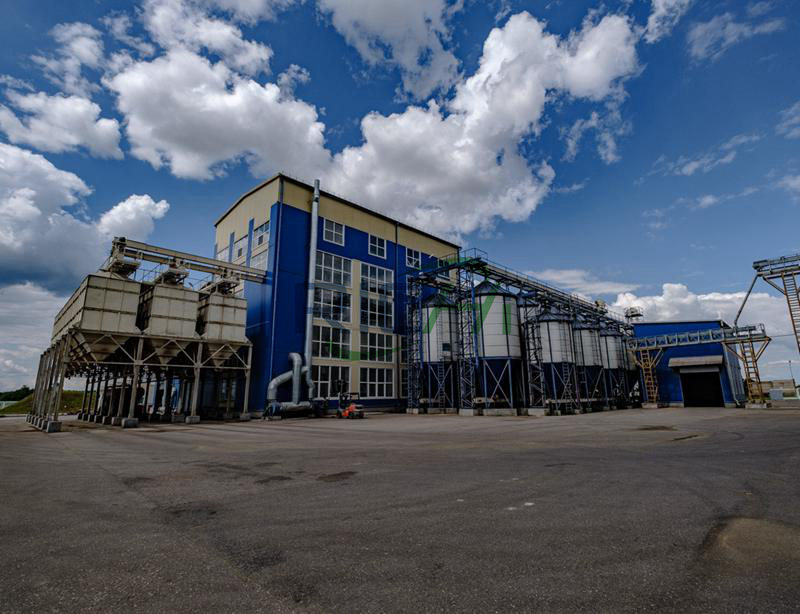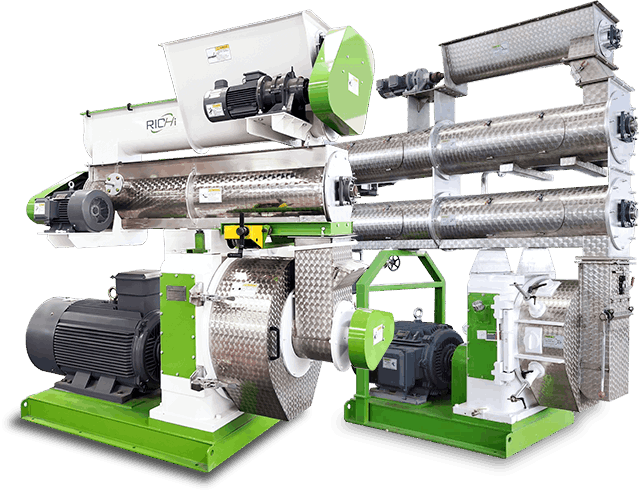Introduction
In the age of sustainable agriculture, small-scale organic fertilizer production lines are becoming increasingly popular among local farms and rural cooperatives. These production lines offer an eco-friendly way to manage agricultural waste and improve soil fertility with minimal investment. Unlike large commercial operations, small-scale fertilizer plants are designed to be compact, cost-effective, and tailored to specific local needs.
This article explores how to design a small-scale organic fertilizer production line from scratch, including raw material selection, equipment configuration, process design, cost estimation, plant layout, and practical tips for local implementation.
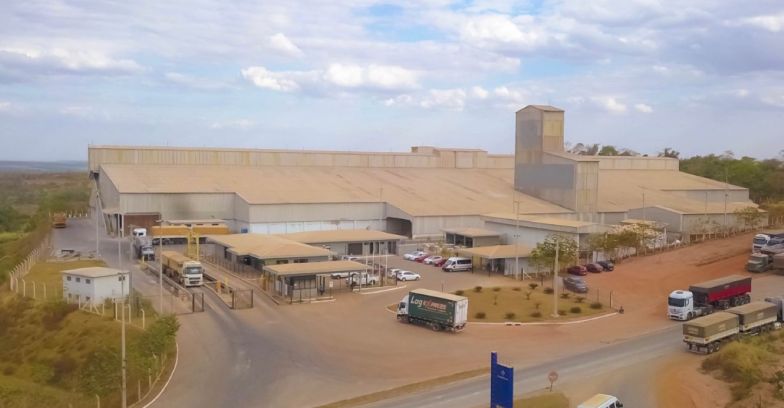

1. Why Choose a Small-Scale Organic Fertilizer Production Line?
Key Advantages:
- Affordable Investment: Lower capital expenditure compared to large industrial plants.
- Localized Operation: Tailored for small and medium-sized farms.
- Sustainable Waste Management: Turns manure and crop waste into valuable fertilizer.
- Soil Health Improvement: Organic matter enhances water retention, aeration, and microbial activity.
- Quick Payback: Faster return on investment due to low input and high demand.
2. Suitable Raw Materials for Small-Scale Production
Local farms typically have easy access to the following organic materials:
| Raw Material | Characteristics |
|---|---|
| Chicken manure | High nitrogen, requires moisture adjustment |
| Cow dung | Balanced and easy to compost |
| Goat/sheep manure | Rich in nutrients, low in moisture |
| Pig manure | Nutrient-rich, odor requires control |
| Crop residues (straw) | Used for carbon content in composting |
| Kitchen/vegetable waste | Suitable for community composting |
Tip: A proper Carbon/Nitrogen (C/N) ratio of 25–30:1 is essential for effective composting.
3. Production Process Overview
A small-scale organic fertilizer line typically includes:
- Composting
- Crushing
- Mixing
- Granulation (optional)
- Drying (sun-drying or small dryer)
- Screening
- Packing
You may choose to produce powdered or granular organic fertilizer depending on market needs and budget.
4. Process Flow and Equipment Configuration
Option 1: Powdered Organic Fertilizer Line (Simpler and Cheaper)
Process Flow: Composting → Crushing → Screening → Packing
Key Equipment:
- Compost Turner:
- Type: Manual turning or small crawler/groove turner
- Purpose: Speed up fermentation
- Crusher:
- Type: Semi-wet crusher
- Function: Crush compost lumps for uniformity
- Screener:
- Type: Rotary screener
- Use: Remove oversized particles
- Packing Machine:
- Type: Manual or semi-automatic
- Capacity: 1–5 T/h
Advantages:
- Fewer steps
- Low energy consumption
- No need for drying or granulation (Related post: organic fertilizer production project)
Option 2: Granular Organic Fertilizer Line (Higher Market Value)
Process Flow: Composting → Crushing → Mixing → Granulation → Drying → Screening → Packing
Additional Equipment:
- Mixer:
- Blends compost with additives
- Granulator:
- Type: Pan granulator or new type organic fertilizer granulator
- Pellet size: 3–6 mm
- Dryer (optional):
- For longer shelf life and better packaging
Advantages:
- Higher selling price
- Easier application by end-users
- Enhanced appearance and storage stability
5. Suggested Equipment Models for Small Scale Production
| Equipment | Model | Capacity | Power (kW) |
|---|---|---|---|
| Crawler Compost Turner | M2000 | 500–700 m³/day | 30 |
| Semi-wet Crusher | SWC-600 | 1–2 T/h | 22 |
| Horizontal Mixer | HM-600 | 0.5–1 T/batch | 7.5 |
| Pan Granulator | PG-800 | 1–2 T/h | 7.5 |
| Rotary Dryer (optional) | RD-0806 | 1–2 T/h | 5.5–7.5 |
| Rotary Screener | RS-800 | 1–2 T/h | 3 |
| Packing Machine | PM-50 | 20–50 kg/bag | 1.5 |
6. Plant Layout Design
Land Area Requirement: 300–800 square meters
Suggested Layout:
| Area | Function |
|---|---|
| Composting Yard | Windrow or groove fermentation |
| Processing Area | Crushing, mixing, pelletizing |
| Drying Area (if needed) | Space for rotary dryer/sun-drying |
| Finished Product Storage | Bagged fertilizer for sale |
| Office/Admin | Operation and quality control space |
Material Flow:
Raw manure → Compost → Crush → Mix → (Granulate) → (Dry) → Screen → Pack → Store
7. Investment and Cost Estimation
Initial Cost Breakdown:
| Item | Estimated Cost (USD) |
|---|---|
| Basic Equipment (Powder Line) | $10,000–$20,000 |
| Granulation Equipment (optional) | +$10,000–$15,000 |
| Compost Yard Construction | $2,000–$5,000 |
| Packing Machine | $2,000–$3,000 |
| Installation & Training | $1,000–$2,000 |
| Working Capital | $3,000–$6,000 |
| Total Estimate: | $18,000–$40,000 |
Operating Costs:
- Raw material (manure is usually free)
- Labor: 2–5 workers
- Electricity and fuel
- Maintenance and spare parts
8. Profitability Analysis
| Description | Powder Line | Pellet Line |
|---|---|---|
| Selling Price ($/ton) | $80–120 | $120–200 |
| Production (tons/month) | 100 | 80–100 |
| Monthly Revenue | $8,000–$12,000 | $9,600–$20,000 |
| Net Profit Margin | 30–50% | 35–60% |
| ROI Period | 6–12 months | 9–15 months |
9. Environmental Compliance
Local Certification:
- Register with local agriculture bureau or environment agency
- Ensure composting process eliminates pathogens (55°C for 3+ days) (Related post: 2T/H Compound Fertilizer Production Line in Austria)
Odor and Leachate Management:
- Use compost covers or biofilters
- Compost yard must be paved to prevent runoff
Dust Control:
- Equip crusher and screener with dust collection systems
10. Tips for Local Farmers and Cooperatives
- Start with powdered fertilizer if budget is tight.
- Form a cooperative to share investment and operation costs.
- Promote products through local markets and agricultural fairs.
- Train local youth in composting and processing techniques.
- Explore government subsidies or grants for waste treatment or organic agriculture.
Conclusion
A small-scale organic fertilizer production line offers a powerful way for local farms to transform waste into wealth. Whether producing powder or pellet organic fertilizers, the key lies in efficient composting, right-sized equipment, and good market positioning. With a well-designed production flow and proper management, even a modest plant can bring significant environmental and economic benefits.
